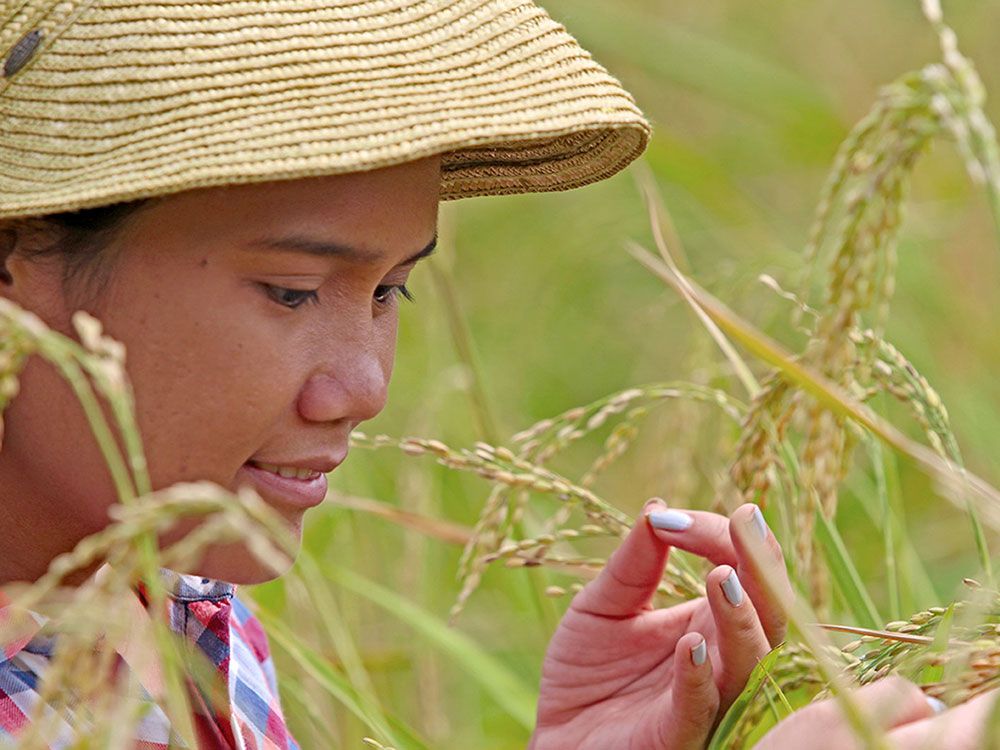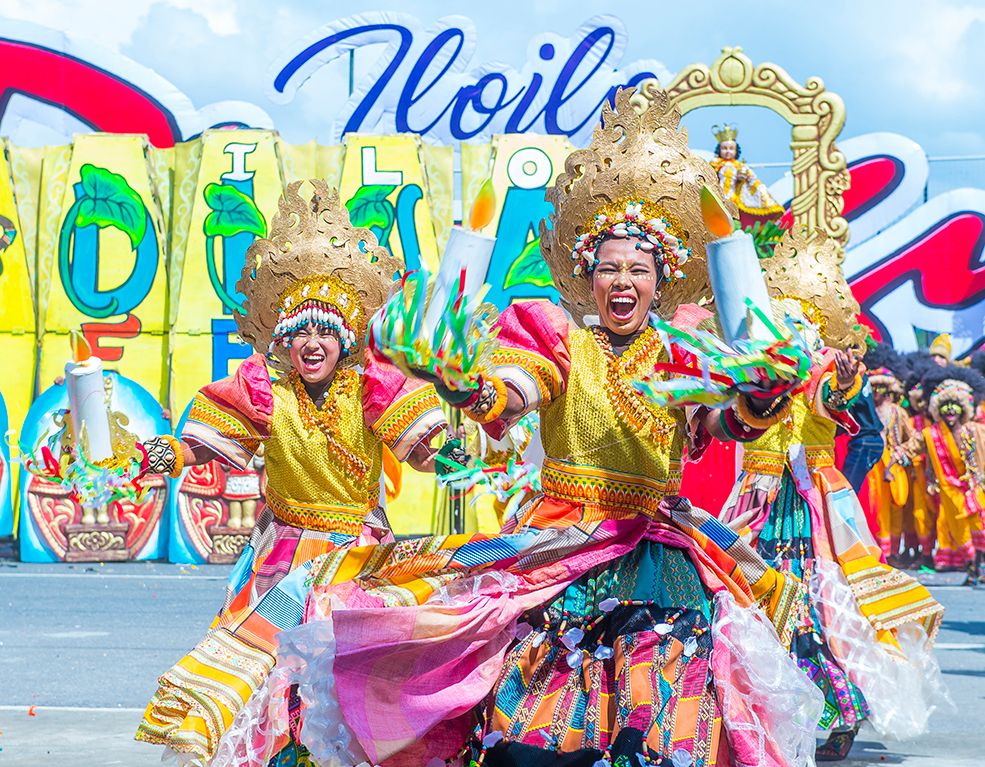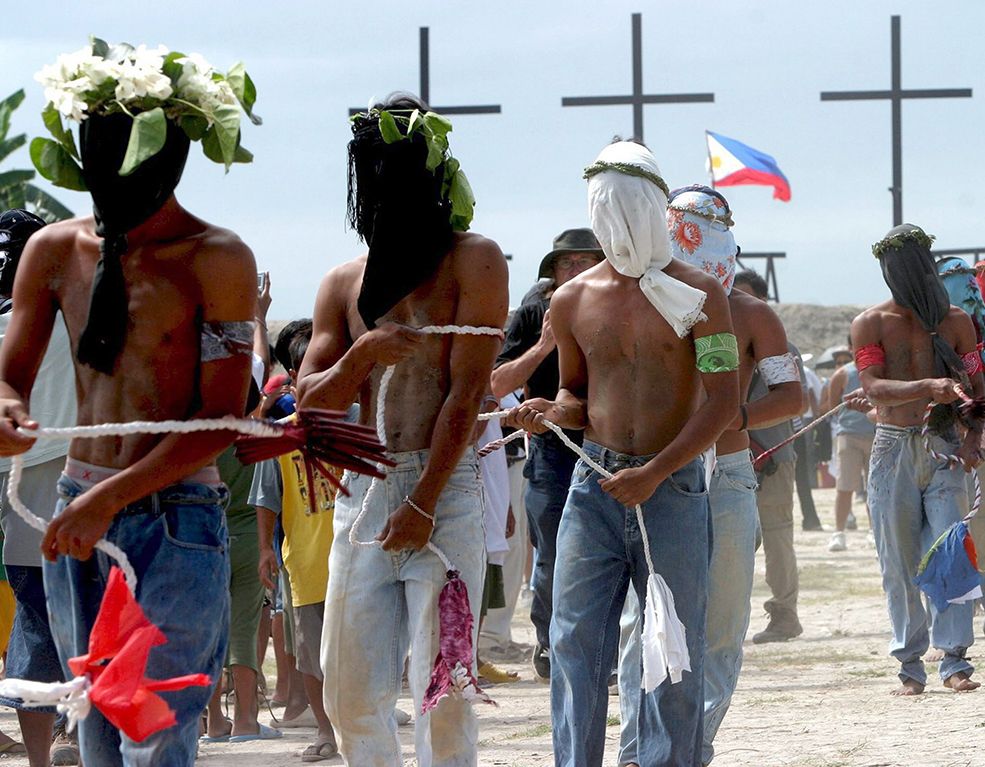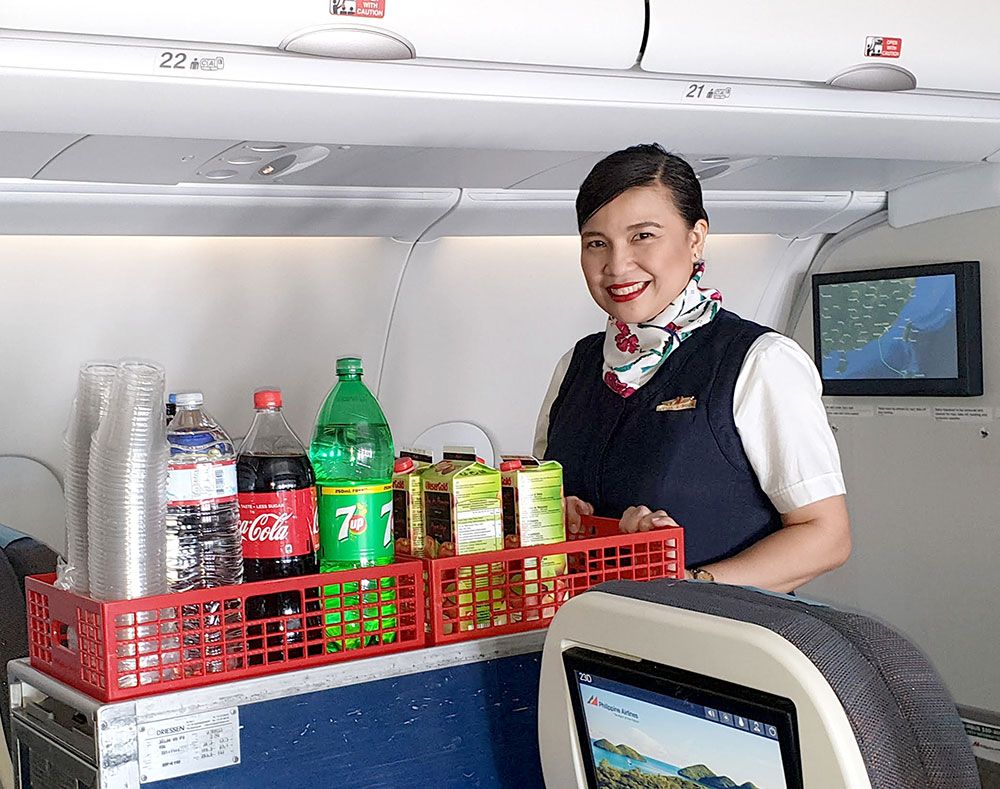The 21st century saw the “Korean invasion” of the Philippines. But unlike their Spanish, Japanese and American predecessors, people from the Land of the Morning Calm continuously come to the Pearl of the Orient not to occupy but primarily to learn the English language and, subsequently, to tour the country of 7,107 islands. In fact, government records show that South Korea was the top source of tourist arrivals in 2012. The reputation even reached a milestone when the Philippines welcomed its one millionth South Korean tourist last December.
The growing number of Korean migrants in the Philippines has caused Korean restaurants, grocery stores, salons and entertainment centers to sprout like mushrooms in the capital town of Manila and even in other nearby provinces. The Koreans have also subtly influenced their host with the introduction of Korean TV novels, fashion, arts and culture to the Filipinos. One would wonder how Filipinos are able to sing along Korean songs like “OppaGangnam Style” or why they would flock concerts of K–Pop artists as if they comprehend Korean songs.
Learning the English language may be one of the major reasons for the Koreans’ exodus for the Philippines. But there is more than that. While most Koreans come to the Philippines for education and tourism, some of them travelled here just to help.
House of Mary
Some Koreans found home here in the Philippines. The first group of Korean missionaries came to the country seven years ago. The Seoul–based Sisters of the Our Lady of Perpetual Help were in search of a community to help and found it in Navotas under the Diocese of Caloocan. Although classified as a first class city, Navotas is relatively poor. The city occupies a narrow strip of land spanning 10.77 square–kilometers along the eastern shores of Manila Bay, making fishing and fishing–related industries as the primary sources of livelihood for its residents. Records of the National Statistical Coordination Board revealed that Navotas has a population of 245,344 as of 2007 and has a 0.87 annual population growth rate. The NSCB also classified Navotas as one of the poorest municipalities in Metro Manila based on its 7.4 poverty incidence rate.
“When we came to the Philippines in 2006, we looked for a good place for our mission and we, eventually, chose Navotas. We came over after Bishop Deogracias Iñiguez formally invited us to establish missionary work here,” said Sr. Kim Lucia, one of the three Korean missionary Sisters in Navotas. The mission of the Korean Sisters started with the establishment of a pre–school institution that gives free education to five to six–year–old children belonging to poor families under the parish of San Lorenzo Ruiz and Martyrs Church in Kaunlaran Village, Navotas. They put up Tahanan ni Maria (House of Mary) within the parish grounds in 2006 is now second home to some 106 pre-school students.
With the help of Korean donors and benefactors, the Korean Sisters in Navotas are able to hire teachers for the pre–school children and feed them before classes. There are two classes in the morning and another two in the afternoon held in the two–storey pre–school building, which is also home to the Korean missionaries. But Sr. Kim and the other Korean missionaries do not only help educate young children. In fact, they also help fund the education of poor kids whose parents could not afford to give them their primary, secondary and tertiary education. As of press time, Sr. Kim said they have at least 90 scholars who are studying in different public and private schools in Navotas City.
One of the scholars is Stewart Alon, 17. Stewart’s mother, Eva, was the Korean Sisters’ hired cook in Tahanan ni Maria. Aside from giving the mother–of–six a source of income, the Korean Sisters also helped Eva send her children to school by sponsoring a portion of Stewart’s tuition in college. “They have been a real blessing and big help for our family. Without their scholarship grant, I wouldn’t have carried on through college because my parents can’t afford the fees with their measly income,” Stewart said. As a token of gratitude, Stewart volunteers for the Korean Sisters’ feeding program for other school children who are not studying at Tahanan ni Maria. They have established feeding programs in three different locations to reach as much children as possible. But Eva said only one chil per family can avail of the program for a period of three months.
Eva said there are at least 300 children from Lichangco, Tumana and Kapitbahayan Villages who benefit from the feeding programs of the Korean Sisters, apart from the 109 students at Tahananni Maria. But education and nutrition are not the only avenues by which the Korean Sisters help residents of Navotas City. They have set up a clinic within the parish grounds where consultation with a doctor and the provision of prescribed medicines are given for free. “The clinic is supposedly meant to help poor families who could not afford to pay the doctor’s consultation fee and to buy medicines. But, eventually, even those who could afford, get their medicines here. Those who could not get medicines from the barangay health office because of scarcity in the supply do come here too,” said Helen Pajarilla, one of the clinic volunteers. Pajarilla added that the Korean missionaries also organize medical missions of Korean doctors, nurses and dentists who would fly, twice a year, from Korea to the Philippines to treat sick people in Navotas. The members of the medical missions who are mostly young medical practitioners, also get to experience living in the slums as they have to live in a poor family’s house throughout their stay in Manila.
A historical debt
Despite various means of helping poor families in Navotas, Sr. Kim also admitted that whatever help they are giving them is “miniscule.” “It really pains me to see hopeless people, that is why we are trying to help them even in very small way,” she said. Sr. Kim admitted that there are poor people in Korea, too, who need their Congregation’s help but they prefer to do mission work in the Philippines, like in Kazakistan, Peru and China, to pay back a historical debt of gratitude. “During the Korean war, other countries helped us even though they also have poor people of their own to attend to. They helped us then so this time, we want to help them,” she added.
Although, admittedly, they are having a hard time conversing with Filipinos because of the former’s poor command of the English language, Sr. Kim said Korean missionaries are inspired by the Filipinos’ way of life. “Many Filipinos may be very poor, yet they have warm hearts and firm belief in God, which make them still happy despite their poverty. It really makes me wonder how the poor can still be happy,” she said.
After six years of doing missionary work in Navotas, Sr. Kim said she can’t help but compare Filipinos with Koreans. “Filipinos, even though they are poor, do not complain. On the other hand, the Koreans while already rich, still complain and do not get satisfied,” the nun added. “It’s a pity that Filipinos always have a problem. They always lack money to go to the hospital, to buy their food and to get an education but they can still find reasons to be happy. We are trying our best to help them in obedience to Jesus who told us to help poor people,” Sr. Kim said.
Interested individuals and groups that would like to support the missionary work of the Korean Sisters of the Our Lady of the Perpetual Help in Navotas may contact Sr. Kim Lucia through email lucia178@hanmail.net or at Cellphone No. +639173528490.















